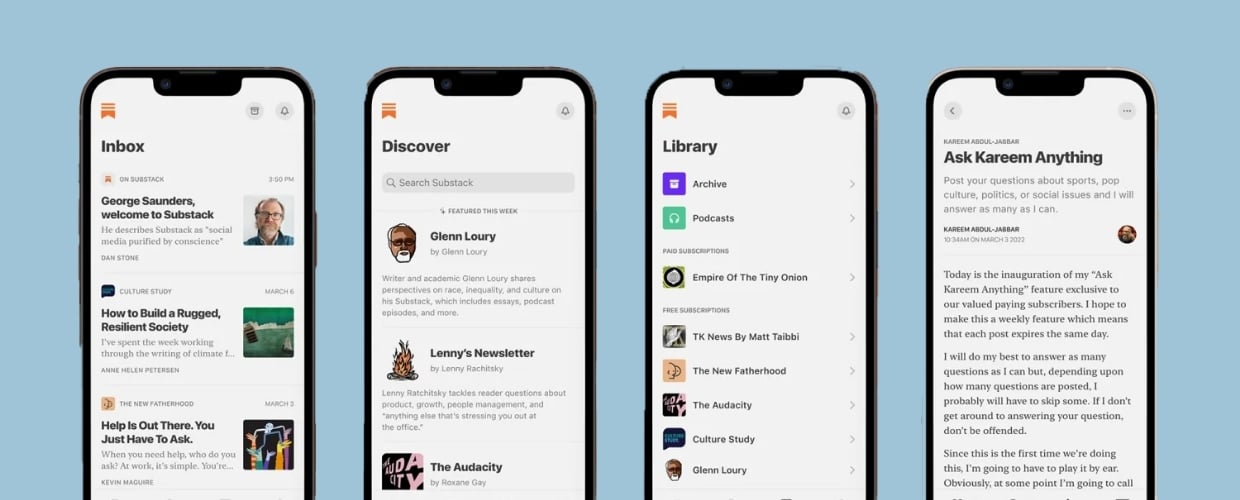YouTube stars, Instagram favorites and top bloggers are more than entertainment, they’re also voices your customers trust. Like a trusted friend, influencers provide third-party validation directly to your potential customers by showing them how your brand fits into their everyday lives.
If you don’t already have an influencer marketing program in place, you’re missing out on one of the most effective ways to influence purchase decisions. Check out some of these stats:
- Nearly 40 percent of Twitter users say they’ve made a purchase as a direct result of a Tweet from an influencer.
- 83 percent of consumers take action because of trusted recommendations.
- Almost 60 percent of marketers are planning to increase their influencer marketing budgets this year.
- Influencer marketing has been rated as the fastest-growing online customer-acquisition channel, beating organic search, paid search and email marketing.
Now that you know the importance of influencer campaigns, it’s time to take action. Below are five best practices to help you find and build relationships with social influencers.
1. Start with a strategy
Before reaching out to your influencers, it’s important to first develop your strategy for engagement. Are you looking to grow brand awareness, generate business leads or sell more product? Organize cross-functional teams to align on business goals before moving on to outreach (read our tips for aligning marketing and sales here).
2. Look for a variety of influencers
Influencer marketing campaigns involve a lot of upfront research, including understanding your product and who would be interested in it. Once you have an idea of your audience, avoid the temptation to stick with only one type of influencer. If you offer a beauty product, for example, try looking beyond YouTube makeup gurus. Perhaps mom or travel bloggers could promote your product in different ways, giving you a broader reach and access to a different set of potential customers.
3. Have open lines of communication
After narrowing down your influencers, suggest a brainstorm call to align on your key messages and logistics. At this stage, it’s important to discuss reporting, including what kind of analytics they are able or willing to provide during and after the campaign. If you’re measuring your success based on data provided from your influencers, it’s best to confirm access to these early in the process. Use these initial calls to get your influencers’ take on their audiences as well, which can also lead to new angles or storylines.
4. Be genuine
Having someone talk about your brand is a lot different than talking about yourself. Today's consumers want to see how their favorite influencer is using your product in his or her day-to-day life. The best influencer campaigns focus on authentic and relatable content, not typical advertising copy.
5. View influencer outreach as its own campaign, not an add-on to your marketing plan
Research, managing communications, tracking posts and reporting all takes time. You must have a dedicated program around engaging influencers, and allocate the time it deserves, for the most successful outcome.
Launching an influencer marketing campaign takes time, but with proper planning, budgeting and research, your organization can directly reach your target audiences (and perhaps discover new ones along the way).
For more information on developing a strong influencer program for your organization connect with us today.




